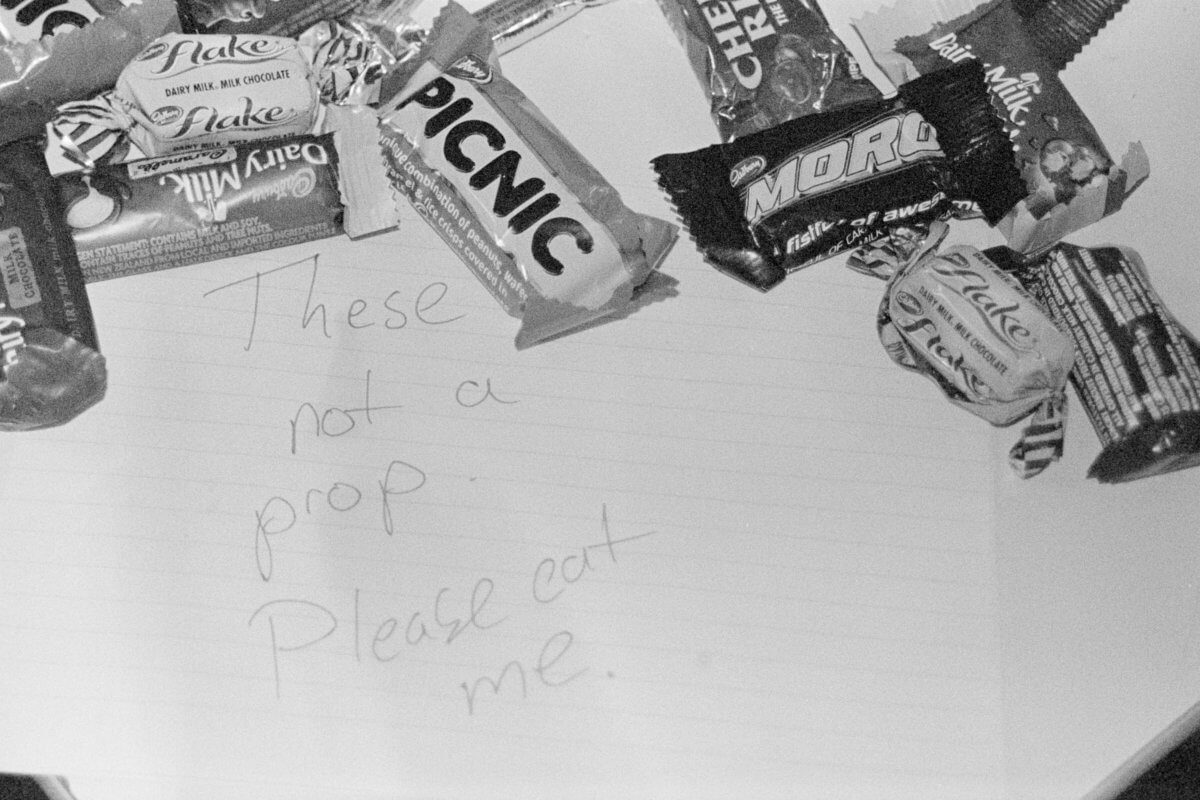Recently, I’ve found myself recounting the demolition of the ANU Arts Centre countless times. “That crane there? An Arts Centre – two stages, a café, a restaurant”. It doesn’t do it justice. It’s impossible to succinctly explain to a first year what the building was and the impact that its demolition has had on theatre at ANU.
Yes, it housed two perfectly sized theatres – the 70ish seat Drama Lab and the 350-seat mainstage complete with an orchestra pit – venues which are hardly replicated elsewhere in the ACT. Yes, it was reasonably priced for student productions – impossible off-site without subsidies. And yes, it was easily located on campus. But it was more than these conveniences: it was ours. There was a distinct element of ‘home’ about the place. A sense of belonging and ownership. It wasn’t a venue you went home to at the end of the night, or after you handed in the keys at the end of the booking. It stayed with you.
The Arts Centre to me was 13 hour days and 50 hour long weekends. It was spray painting the walls, hammering the stage, vomiting in the Drama Lab. For long weeks, I spent more time in that building than in my own home. Lying on the floor of The Burrow eating three days old Chinese, trying to catch a nap between the rows of seats and the hum of music, debriefing on the grass out back in a haze of cigarette smoke and sleepless delirium. Like our own homes, we knew to prop open the back door to get in without a key, knew that the fridge in the Burrow was more of a freezer and that the XSA microwave was much better than the dressing room one. In our home, we could unashamedly be ourselves, in all of the ridiculous mistakes, oversharing and exploration that a home allows. In a space which was much ours as the Arts Centre we were able to be messy.
The best creative discoveries and achievements don’t come from following rules: they’re born from experimentation and wild mess making. It’s true that the Arts Centre was grotty and falling apart. Our costume rooms were accumulating crap and becoming inaccessible. The Fenner Room looked as though an economics professor had gone for a smoke break in 1998 and never returned, leaving his office to drown in paint tins and fedoras. These gems of fossils, the sedimentary build up of past lives, gave it heart.
Recounts of past inhabitants held an air of magic. One of my most tender memories of the place was the time I encountered a friendly elderly gardener and his mysterious companion, Mr Croker, at the back of Vivaldi’s. The pair fondly pointed out the giant Albert Einstein face (referred to familiarly and anthropomorphically as simply ‘Albert’) which loomed over the loading dock. They taught me the name of the mainstage theatre – The Paper Moon Theatre – and quietly inspected my set while reminiscing about the building’s golden age. It is important to remember the role that the building has played in providing a home for more than just ANU students. The Arts Centre has been welcoming performers for decades, and Teatro Vivaldi provided a home for the wider Canberran theatre community. At the recent Canberra Area Theatre (CAT) Awards, the restaurant’s proprietors the distinct service they long provided.
I feel somewhat conceited for suggesting that my attachment to the building could at all match that of those who have come before me. I only knew the building for two years and two, albeit intense, shows. In that time, I felt a part of the history of the place. I experienced how the daggy comfort of the building allowed me to be unabashed and experimental and loving, and, ultimately, to make good theatre. At the CAT Awards, I sat in the audience and listened to each recipient speak of the family that is the theatre community. I couldn’t agree more. I also believe that a stable sense of home plays a significant part in supporting and fostering such a family.
In 2018, the struggle for student theatre at ANU isn’t just in securing affordable and practical venues (a mammoth and disappointing task in itself). It’s finding a home where the mess of theatre, experimentation and student life can meet. I fear that while the Art Centre’s demolition hasn’t eradicated student theatre at ANU – perhaps it has rather embroiled and activated us – it has chipped away at the distinctly messy and loving heart that makes theatre, especially student theatre, what it is.
We acknowledge the Ngunnawal and Ngambri people, who are the Traditional Custodians of the land on which Woroni, Woroni Radio and Woroni TV are created, edited, published, printed and distributed. We pay our respects to Elders past and present. We acknowledge that the name Woroni was taken from the Wadi Wadi Nation without permission, and we are striving to do better for future reconciliation.
